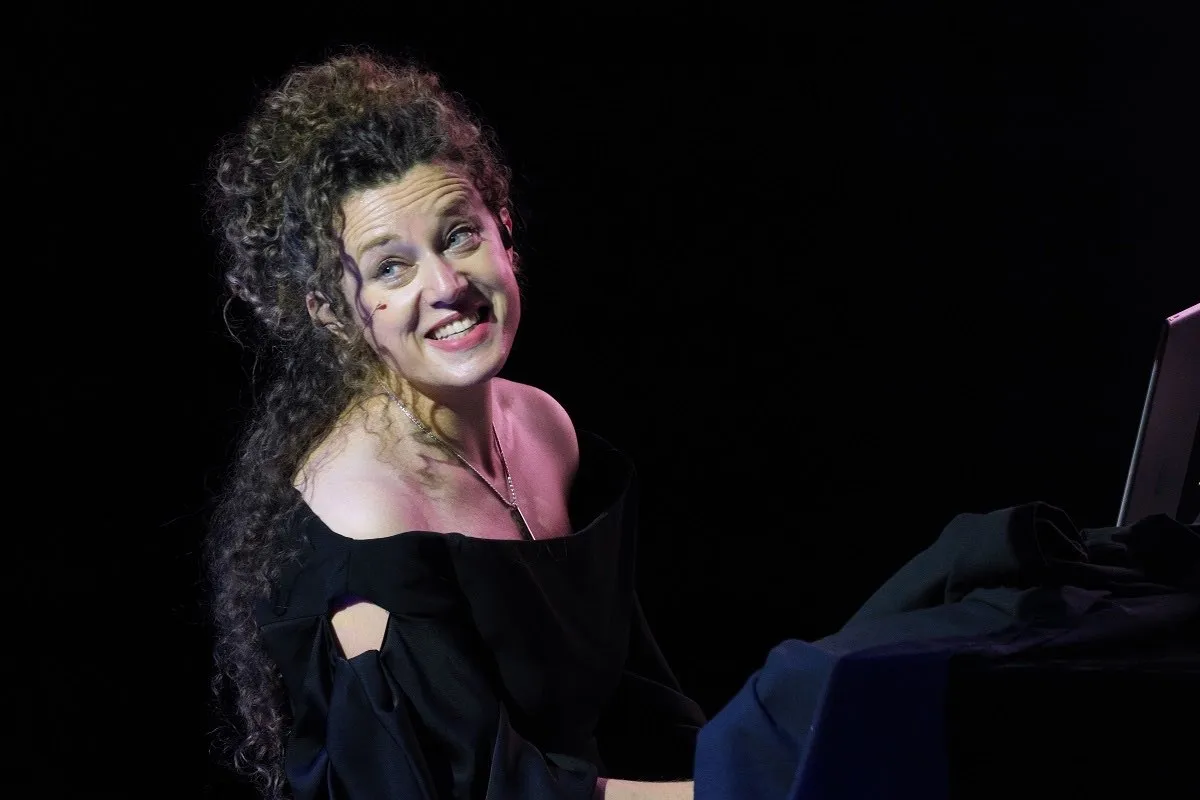Music / “So Much Myself”, Sonya Lifschitz. At the Fairfax Theatre, National Gallery of Australia, May 7. Reviewed by EMILY THORNTON.
VIRTUOSO pianist Sonya Lifschitz performed a breathtaking audio-visual work co-created with composer Robert Davison, celebrating the often unsung repertoire and stories of women.
Escaping the impending Canberra winter, more than 200 eager concertgoers were dazzled by the five-part “voice portrait” gallery, weaving together virtuoso piano, archival audio and visual footage, spoken narrative, and electronic music.
Following no sensible “linear fashion”, as composer Robert Davison remarked, voice portraits are described as characteristics of the voice distilled into music. Davison observes that every person’s voice is a unique blend of intonation, pace and volume, meaning that we are all composers of our own spoken music.
Part I featured the voices and stories of many contemporary female artists and thinkers from the past century, including names such as Patti Smith, Frida Kahlo, Marie Curie and Nina Simone.
Each voice was entwined and mirrored by the piano and had a distinct character related to the speaker. For example, Frida Kahlo’s colourful description of her husband Diego Rivera’s “froggish” appearance was characterised by a dance-like Latin rhythm.
Similarly, Nina Simone’s humorous anecdote provided comic relief in the sense of jaunty piano melodies and a musical Easter egg of a Bach-style segment.

Portraying the oppressive nature of a patriarchal music tradition, the plight of female musicians throughout history constitutes Part II.
Here, Sonya illuminates the secret artistry of Maria Anna Mozart and Clara Schumann.
The previous musical formula varies in this section, with a new duet with pre-recorded piano and an extended piano solo in the Romantic style. The stories of multiple female musicians portray an endemic frustration and anger toward their misogynistic treatment from influential composers and performers including Brahms.
Part III’s stories are extremely personal to Lifschitz. In an interview-style video, her grandmother and great-aunt recounted their escape from Kyiv during the Nazi bombings and massacres.
Following deeply provocative images of war, techniques such as word painting are deployed to lighten the mood from a solemn soundscape supporting melancholic anecdotes.
Manya’s description of rain droplets are mimicked by tinkling piano tones. Another great moment was the introduction of a prerecorded band playing rhythmic oom-pah music in the “pretend band” story.
Part IV hailed back to more than 1000 years ago, where Sonya skilfully told Hrotsvit’s 10th-century comedy of “the fragile woman outwitting the strong man” through personating seven characters (whilst accompanying herself on piano!).
The final segment was a meditation on creation, nature, and a call for climate action. Finishing with the passionate words of Greta Thunberg, Lifschitz and Thunberg speaking in unison was a powerful tool in capturing the dramatic urgency of their message.
Sonya’s spirited and virtuosic performance preserves the legacy of these women’s extraordinary lives as musical frames, enabling us to hear hidden melodies and rhythms in their voices.
Feature image: Virtuoso pianist Sonya Lifschitz performs in “So Much Myself”. Photo: Peter Hislop
This review was originally written and published by EMILY THORNTON from CityNews on 07 May 2023.
